In the latest developments, according to a renowned newspaper it has been reported,
“GI Tags has been registered for 4 new products from 3 states.”
Now, what does GI or Geographical Indication mean?A Geographical Indication is a field of intellectual property, usually defined for an intangible product of human intellect such as literature, art, craft, food recipes etc. that denotes a name or sign in correspondence to that specific geographic location or area, supported with consolidated proofs and evidences.
Contents
In India, GI had begun to gain prominence post the WTO Agreement that was signed with an aim to shun/reduce barriers to promote world economy under market economy. The motive was to ensure a smooth international trade and commerce relations.On the contrary, the agreement became a menace to an archaic tradition of handlooms
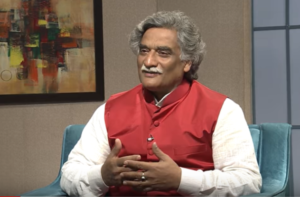
and handicrafts. As a result,markets were flooded with cheap chinese imitations and machine drawn copies which were, though easy to manufacture but held no value against the grandeur and exquisiteness of an original product.
Dr. Rajni Kant, a Padma Shri Awardee has been working for the last 25 years towards the upliftment of the poor and backward sections which mainly comprises of handicraft makers and artisans.Through his organization Human Welfare Association (HWA), he has brought a new lease of life to their diminishing status along with taking up various other causes.
Shift in focus
Benaras or the city of weavers, is known for its strong ties with its roots and a home to an inheritance of handicraft makers and artisans. With globalisation and an invention of power loom ,these professions were coming close to extinction.
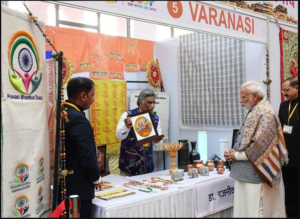
After completing his graduation and post graduation in agriculture related field.While working on a project related to Ganga water pollution during his Ph.D days in BHU. Dr. Rajni Kant came across the widespread corruption and the exploitation of weavers, sculptors, craftsmen and handicraft makers that affected 4-5 lac livelihoods, sustenance became a big question.
Upon seeing their plight , Dr. Rajni Kant worked with UN to evaluate the WTO agreement stating the clause of TRIPS agreement (Trade Related aspects of Intellectual Property Rights)which opened a new dimension by informing them of a law in IPR ( Intellectual Property Rights) in the field of geographical indication.Thereby allowing to lawfully preserve the genre of artisans, handicraft makers, weavers and protect the consumers who were paying an exorbitant amount for the “seemingly” original products.
His crusade
In 2006, a law was passed related to handlooms and handicrafts but had not been effectively implemented to combat an underlying issue of products which had been manufactured by the power loom and various other machinery. Since there were no clear laws allowing to differentiate from an original, making it as an issue of global indication that directly pointed at the community involvement and property.
Soon in coordination with UNTAD,Ministry of Textiles and Textile committee, a pilot project of GI registration was started in Chennai for Benarasi Brocade and Benarasi Brocade sarees. Two years long battle was ensued with his organization HWA acting as a facilitator with Benaras Bunkar Samiti (a federation of weavers). And in 2009, the products were included in the intellectual property rights through the GI tag.
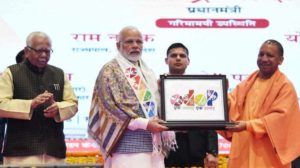
This paved the way for other products such as carpets of Bhadoi , Mirzapur’s rugs and mats, Benaras metal repousse craft, Benarasi gulabi meenakari, soft stone crafts, Ghazipur wall hangings, Nizamabad black pottery, wooden toys made from Corea wood, handmade glass beads, to name a few. Currently, 10 products have been granted the GI tags under ‘One District One Product scheme ’ and 7 products from Benaras and Purvanchal such as Gorakhpur’s terracotta, Benaras hand block print, zardosi work are some, for which the GI tags are under process.
Human Welfare Association (HWA)
In 1991, Human Welfare Association was formed in collaboration with his colleagues after seeing some malpractices.Upon the completion of his stint with Mahamana(or BHU) in 1993, Dr. Rajni Kant took a plunge in the social sector with HWA. Focusing on sustainable livelihoods with agriculture as the prime area of this agriculture student for life. Apart from this, he explored other areas such as economic empowerment,child rights and youth’s development initiatives.
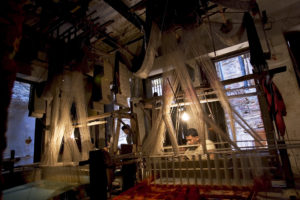
Some remarkable work done by them are-formation of Mahila Shakti, a federation of then-landless farmers( previously artisans or victims of loan sharks) that today amasses 3750 women practising independent farming.360 self-help groups with an online presence were formed of non-subsidy nature for the rehabilitation and providing self-dependence.
Besides handling two parallel projects related to landless women labourers and extinction of community and livelihood of rural artisans and handicraft makers.Under the Child Rights Act , 1,20,000 children from BPL families were provided with education of which a great share were women beneficiaries.
As an outcome of their efforts, HWA was awarded with the National Intellectual Property Award in 2017. Over a period of time, HWA has become a recognized organization for granting GI tag. Recently an appeal for 130 GI authorized users was made, out of which 102 are GI certified. A MoU has been signed with the Uttrakhand’s government to support their efforts for ensuring GI tagging of its state products, that is 7 at the moment.
Educating with awareness and authenticity
The introduction of GI Tags has brought a wave of change. Now, educated and informed consumers are demanding for original and genuine products.Various products are getting acquainted in the market and developing its own consumer base. For instance, Japan has shown a lot of interest in Varanasi made clothes for export.
“In the last 4-5 years, the Government and the Ministry of Textiles are making continuous efforts to develop a large market through various platforms such as exhibitions, Trade fairs, displays and others for handicrafts,handlooms, agriculture produce, food products etc.”, Dr. Rajni Kant shared in an interview with Good Evening India.
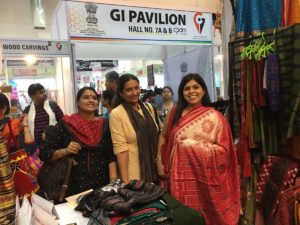
The latest edition of Trade Fair at Pragati Maidan saw an exclusive GI pavilion by the Department of Promotion of Industry and Internal Trade (DPIIT) in collaboration with the Ministry of Commerce which recorded for a positive growth in sales from the stalls that were set up from all over the country.
Organizations such as NABARD, CSR Initiative of Titan, HPMF and The Ministry of Commerce have shown a keen interest in marketing, promoting and associating with the GI products and its producers to reap economic and trade benefits for all.
So far, GI tagging has worked to provide protection, legal independence and market linkage to 20 L people’s livelihood that were saved; of an industry worth over 20,500 Cr. through correct branding done by appropriate marketing mediums.
His Roadmap for the future
Dr. Rajni Kant, a 2019 Padma Shri winner for his work in the social sector, earnestly credits and values the government’s transparency and insightfulness to see a gem in the GI tagging process. As he discusses, the need for a roadmap which would act as a guidance and a mandate for authentication.
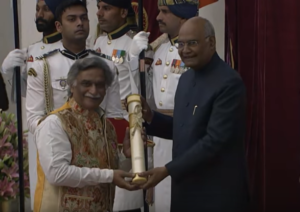
He explains in the same interview, “Thanks to GI tagging country’s GDP has boosted with a whopping increase of 28-32 percent in revenue. Resulting in a gross increase in the daily income ranging from 100-150 Rs for artisans, 400-500 Rs for Benarasi thread work weavers and 500-600 Rs for the wooden toy makers”. Henceforth calling out for a need of combined efforts from states and central government.
His discussions shed light on the post GI initiatives concerning the crafts where the GI tag has been implemented.For which appropriate skill upgradation should be done to conduct requirement analysis, prototyping and developing new products along with improving designed products as per the CSR initiatives.
Further he elaborates on the need to promote products amongst the Indian youth by doing quality control checks ,branding and effective dispatchment to increase the popularity and confidence of this industry. In turn, complimenting their efforts to encourage working, purchasing and involving themselves in this industry. That works to inculcate a sense of pride and belonging towards the Indian heritage and its rich culture.
On a closing note, Dr. Rajni Kant hopes to see the indigenous products getting well received and strongly appreciated on a worldwide platform as well as a recognition of an intellectual property, which will truly serve as a milestone to his efforts and a tangible proof of his Padma Shri achievement.

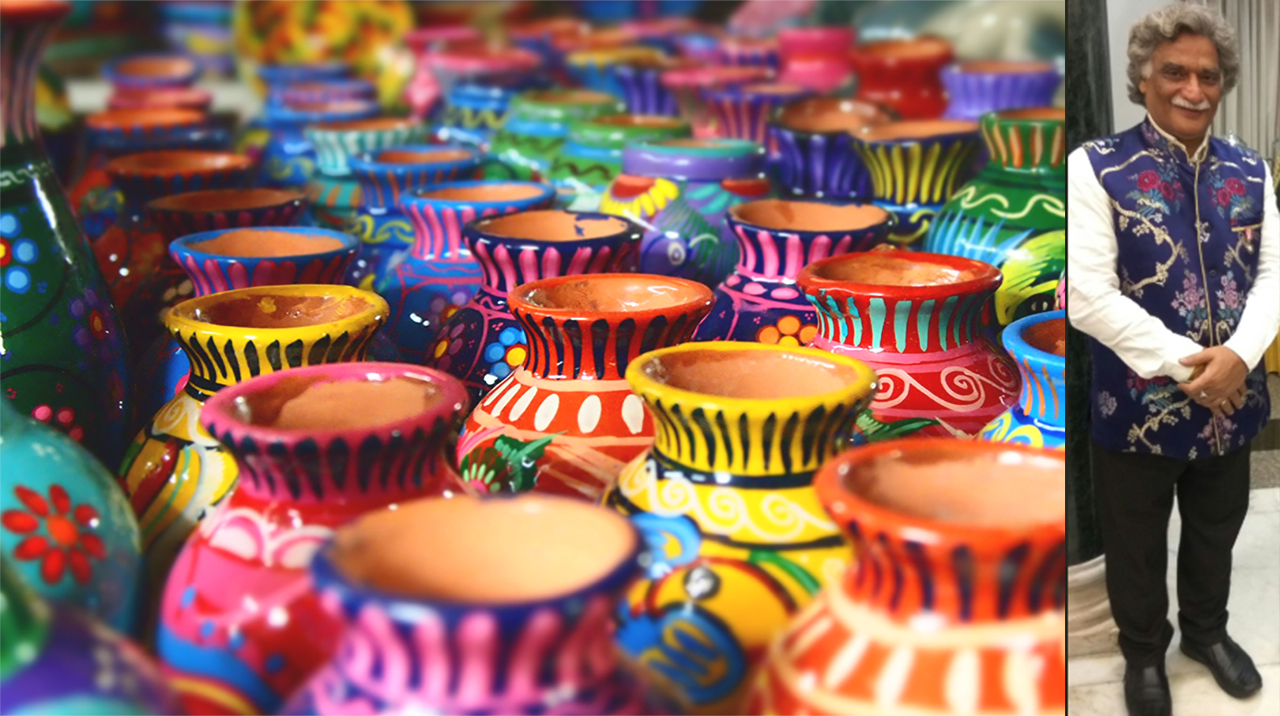
Want to know more abou Dr. RAJNI KANT